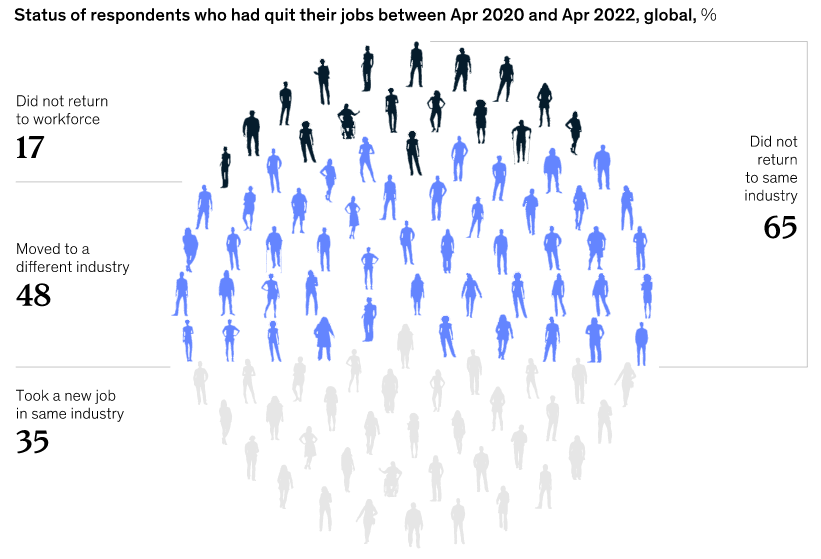Patagonia Letter with Indirect Structure
/Using an indirect structure, Patagonia founder Yvon Chouinard wrote an open letter to explain his decision to transfer company ownership to two trusts. One trust is controlled by the family and another, which will have 98% of the stock, is controlled by Holdfast Collective, an organization dedicated to the environment. With these entities, Yvon Chouinard maintains control of the company but donates all profits not reinvested in the company.
Chouinard’s letter illustrates a positive message and demonstrates character, particularly compassion, humility, and integrity. Although the move could be viewed as a marketing ploy, Patagonia’s leadership has a history of taking ethical stances despite the impact on profits; for example, the company has donated 1% of all sales and 100% of sales on Black Friday.
The letter does not follow typical business communication principles, particularly, putting main points up front. Chouinard starts with his personal view, explains options he considered, and then describes the new ownership arrangement. Business communication students can analyze whether this structure works, given the purpose and audience. My view is that it generally works. The letter is short and emphasizes emotional appeal rather than logical argument. If this were written to employees, they might read the beginning and worry about their future. But the audience is the public, who probably already heard the news, so the letter serves more as an explanation than an announcement.























